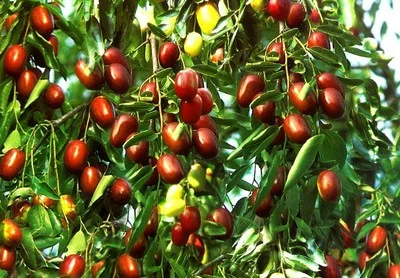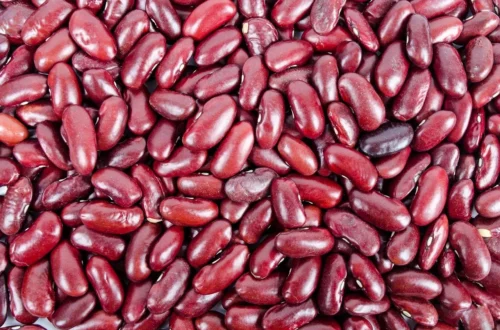Žižole, known in English as the jujube or Chinese date, is becoming a rediscovered gem in modern nutrition landscapes—rooted in centuries-old traditions yet recently regaining popularity for wellness and culinary versatility.
1. What Are Žižole? Origins & Botanical Background
Žižole refers to the fruit of the Ziziphus jujuba tree—an ancient species native to China but long cultivated across Asia, the Mediterranean, and parts of Europe.
In Slovenian, the plant is called žižola, a thorny shrub or small tree that can reach up to 10 meters. It has glossy, oval leaves with three veins and branches armed with thorns. The fruit develops from green to reddish-brown and is commonly harvested in autumn.
This hardy tree thrives in varied climates and is praised for both its resilience and nutritional fruits.
2. Flavor Profile, Appearance & Nutritional Highlights
Fresh žižole are small, crisp, and round—often likened to apples in texture, transitioning to a date-like chewiness when dried. Flavor-wise, they blend apple, date, and pear notes with a mild tang.
According to nutritional data, dried jujubes are high in carbohydrates and provide vitamins and minerals such as vitamin C (~13% DV), calcium (6%), potassium (18%), iron (10%), and magnesium (9%).
That nutrient density—especially the high vitamin C—makes žižole a potent health food, historically prized in China and beyond.
3. Health Benefits: Ancient Wisdom Meets Modern Science
Though scientific studies specific to žižole are limited, traditional and contemporary sources credit them with various health benefits:
- Immune Support – Vitamin C and antioxidants help protect against oxidative stress.
- Improved Sleep – Traditional medicine praises its calming effects, often used to alleviate insomnia.
- Digestive Health – Natural fiber supports gut function and digestion.
- Energy Boost – Natural sugars in jujubes offer quick, sustained energy.
- Vitality & Longevity – Culturally, they’re associated with strength, fertility, and longevity.
These benefits make žižole a fascinating intersection of ancient herbal tradition and modern nutritional insight.
4. Uses: Culinary, Medicinal, and Cultural
Culinary
-
Fresh—eaten raw, sliced into salads or platters.
-
Dried—used like dates: in snacks, baking, or broths.
-
Beverages—brewed into calming teas or made into syrups common in Asian cuisines.
Traditional Medicine
Used extensively in Chinese medicine to tonify blood, calm the spirit, and support immunological resilience—or consumed as functional jams or tonics.
Cultural Significance
-
In China: Symbol of immortality, fertility, and strength.
-
In the Balkans: Grown in home gardens, valued for abundance and health.
This fruit crosses borders—not just geographically, but into kitchens, herb gardens, and folklore.
5. How to Use and Grow Žižole Today
How to Use:
Eat fresh or dried.
Make tea by boiling dried fruit.
Incorporate into baked goods, sauces, or savory dishes.
Growing Tips:
Hardy and drought-tolerant, žižole trees thrive in well-drained soil and warm climates.
Harvest occurs in autumn when fruit turns reddish.
For gardeners, žižole trees offer ornamental beauty, resilience, and edible reward—especially in climates similar to their native range.
6. Why Žižole Deserve a Comeback in Modern Diets
- Nutrient-Rich & Low-Calorie—packed with vitamins and minerals, but light.
- Heritage Meets Health—carries deep cultural roots and documented wellness benefits.
- Flavorful & Versatile—use in snacks, desserts, drinks, or herbal remedies.
- Sustainable & Hardy Crop—resilient home-grown source of food.
- A Symbol of Wellness—from Asia to Europe, žižole offers both nourishment and narrative.
Given consumer interest in superfruits and heritage foods, žižole could be next in line for mainstream recognition.
Conclusion
Žižole—whether called jujube, žižola, or Chinese date—hold remarkable value across culinary, medicinal, and cultural realms. From traditional uses as sleep aids and immune boosters to modern recognition for taste and nutrition, this ancient fruit bridges the past and present.
If you’d like recipes, brewing tips, or cultivation guidance for incorporating žižole into your lifestyle or garden, I’d be glad to help!





